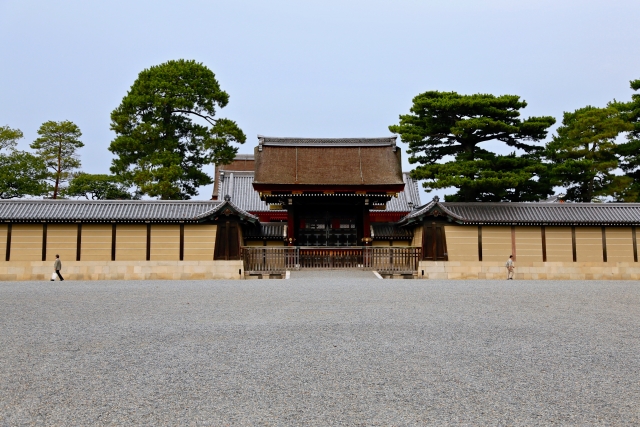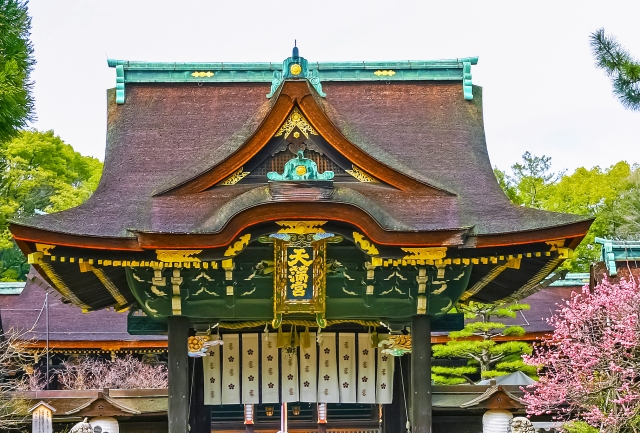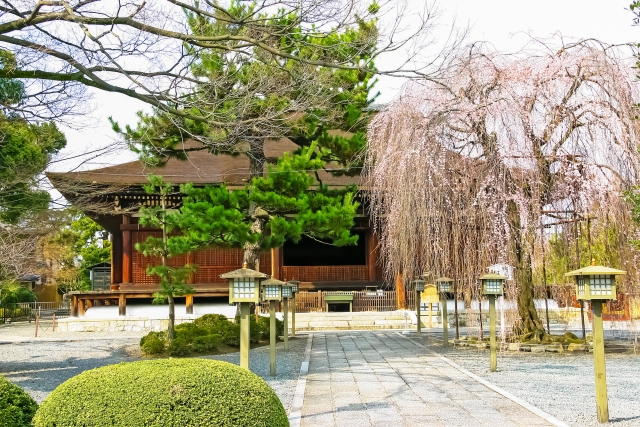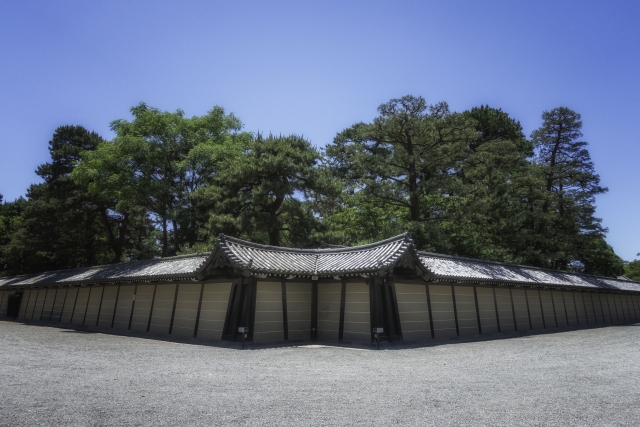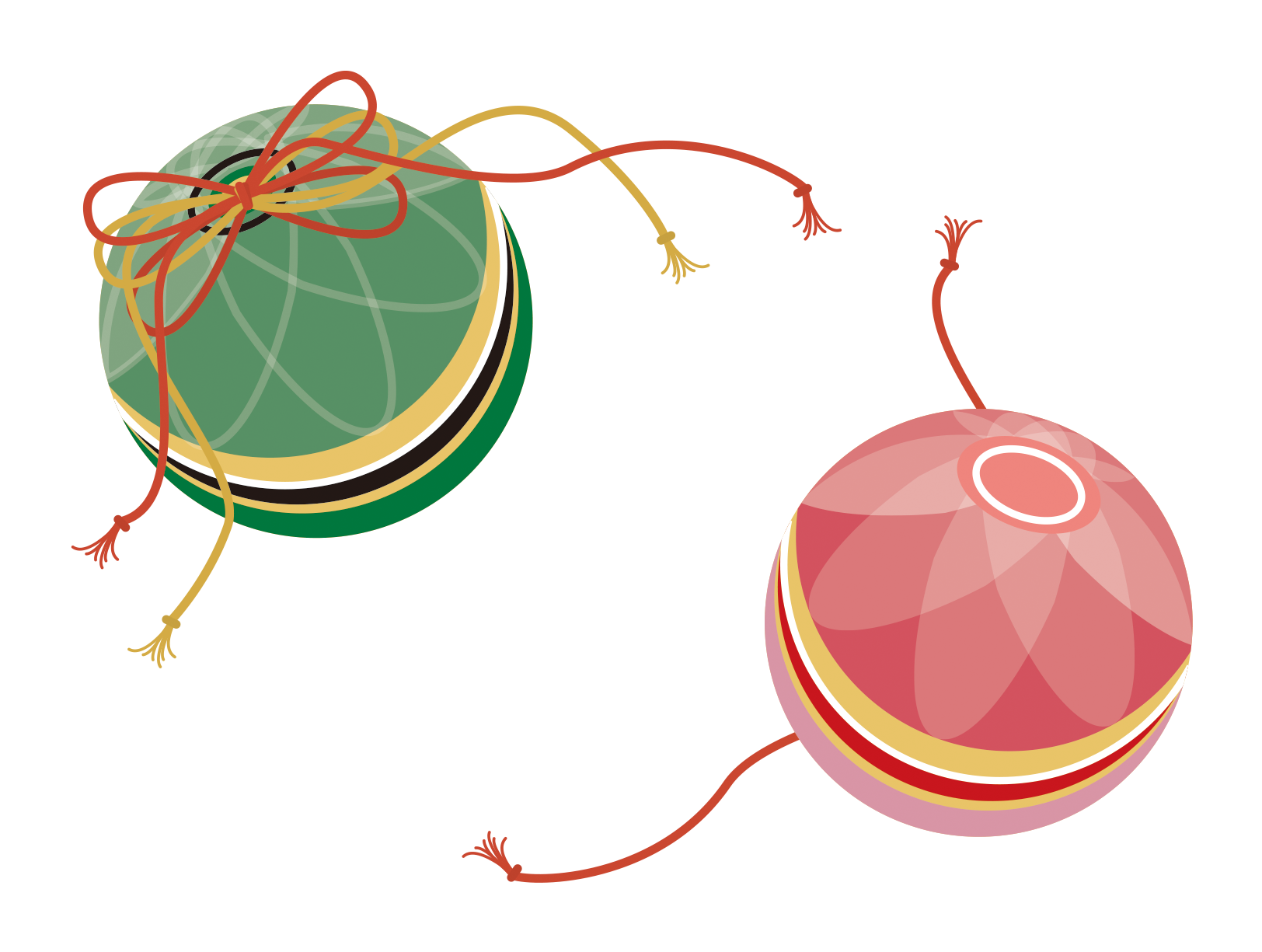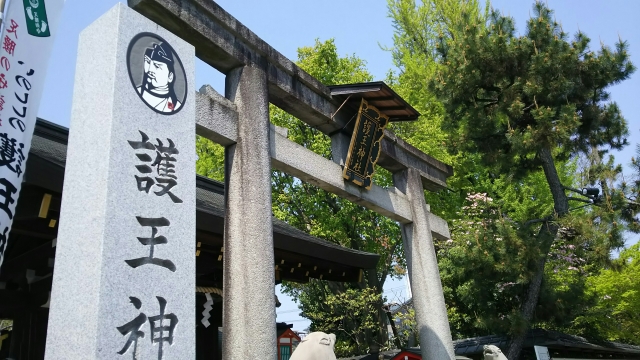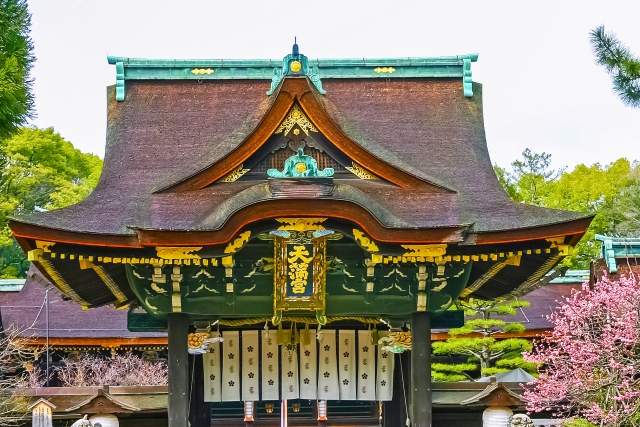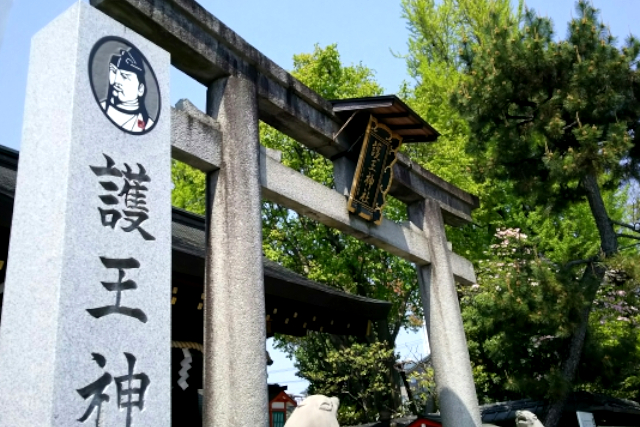It has a vast area of 0.7 km from east to west and 1.3 km from north to south. During the Edo period, about 200 residences of imperial families and court nobles were built here, and during the turbulent period at the end of the Edo period, Hamaguri Gomon became the site of a fierce battle during the Kinmon Incident. With the transfer of the capital to Tokyo in 1869, many of the court nobles moved to Tokyo and the town of court nobles fell into ruin. It was later preserved and maintained and opened to the public as a national park after the war. Currently, it is a place of relaxation for citizens where approximately 50,000 trees grow. It has nine gates in the north, south, east, and west, and is dotted with historical remains such as Shusuitei, the ruins of the Kujo residence.

